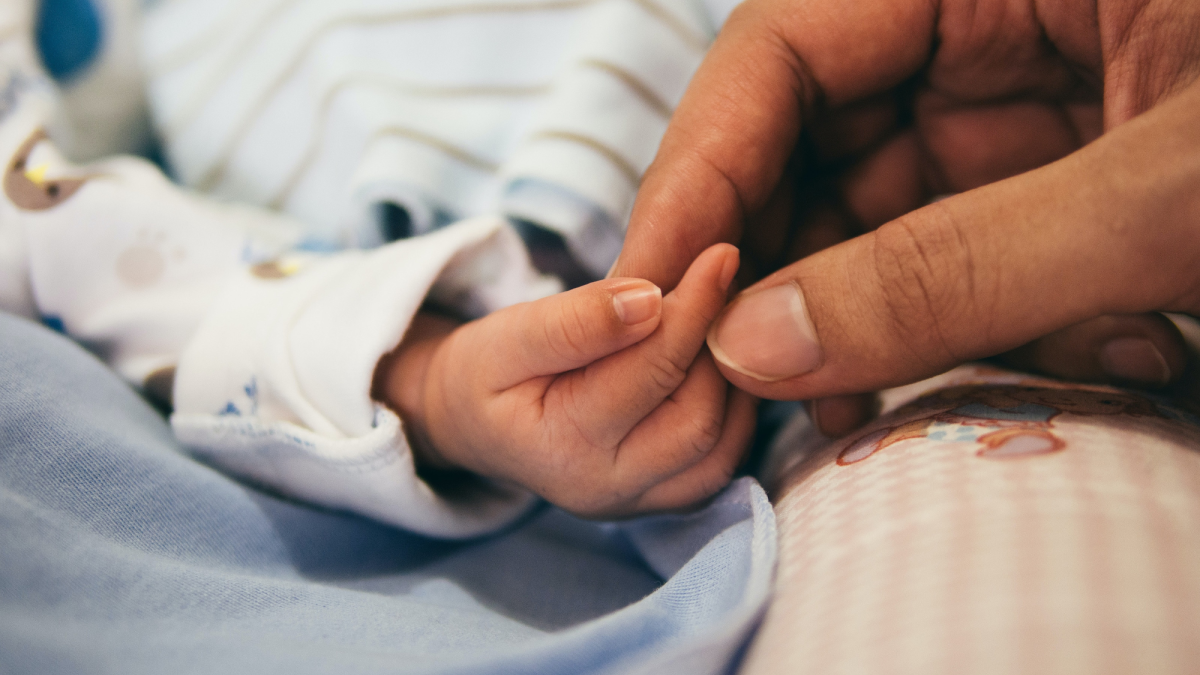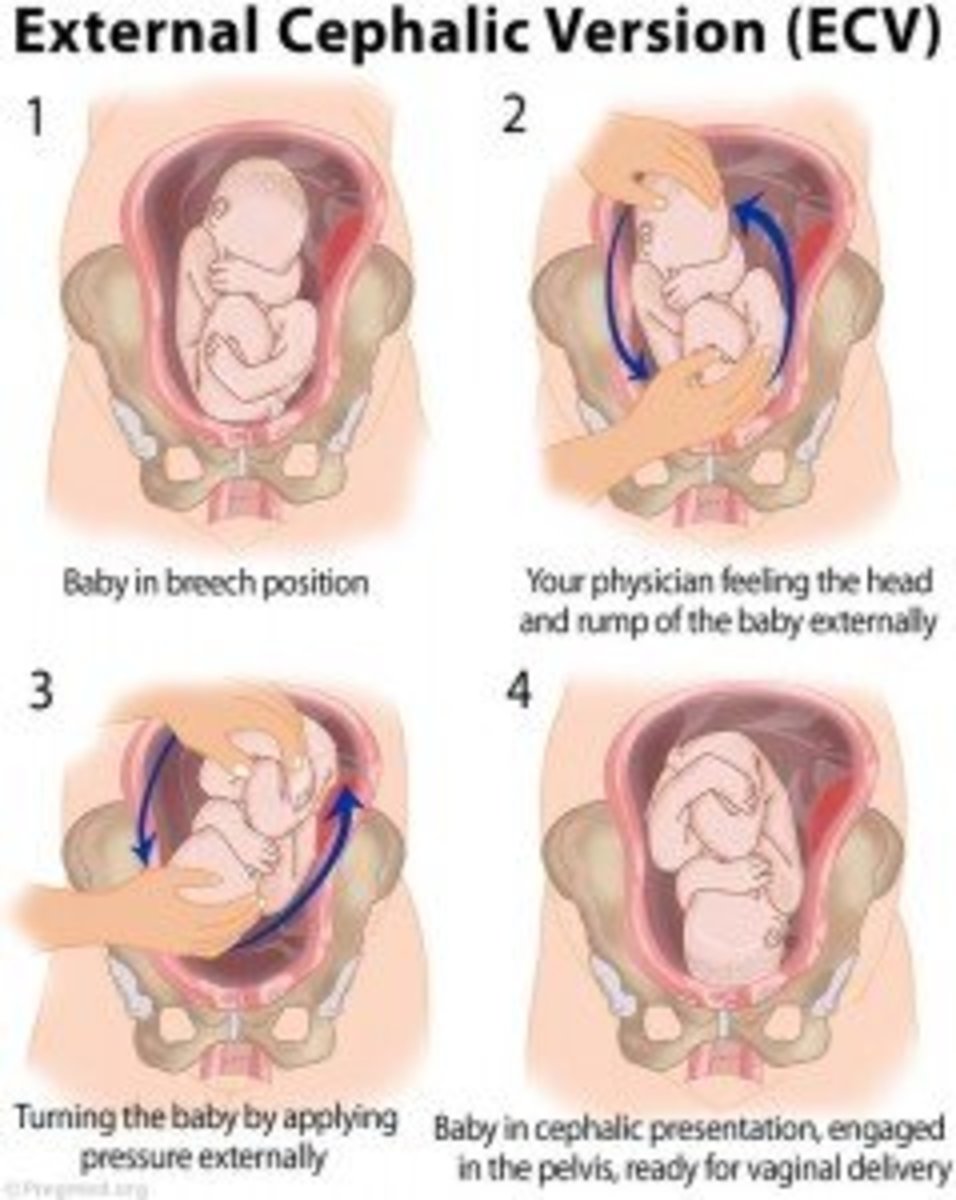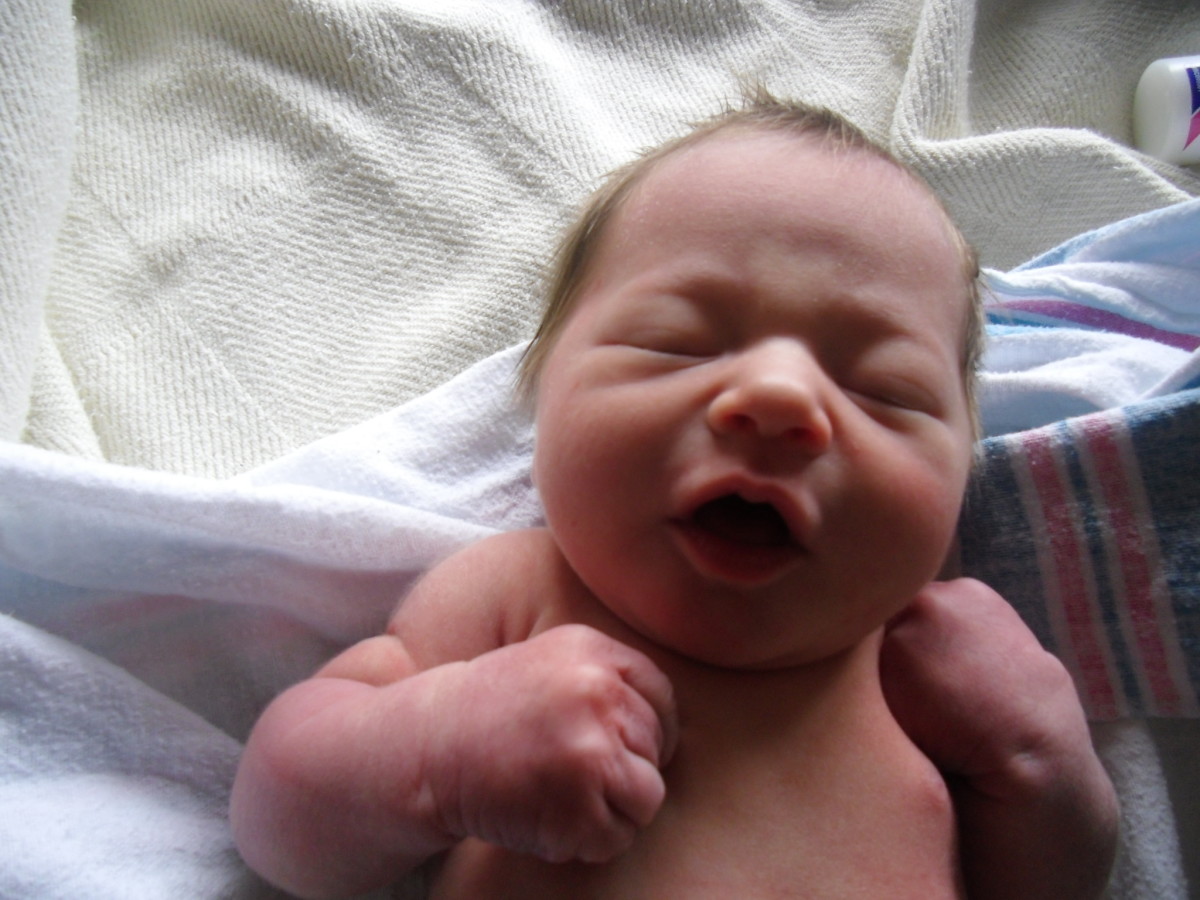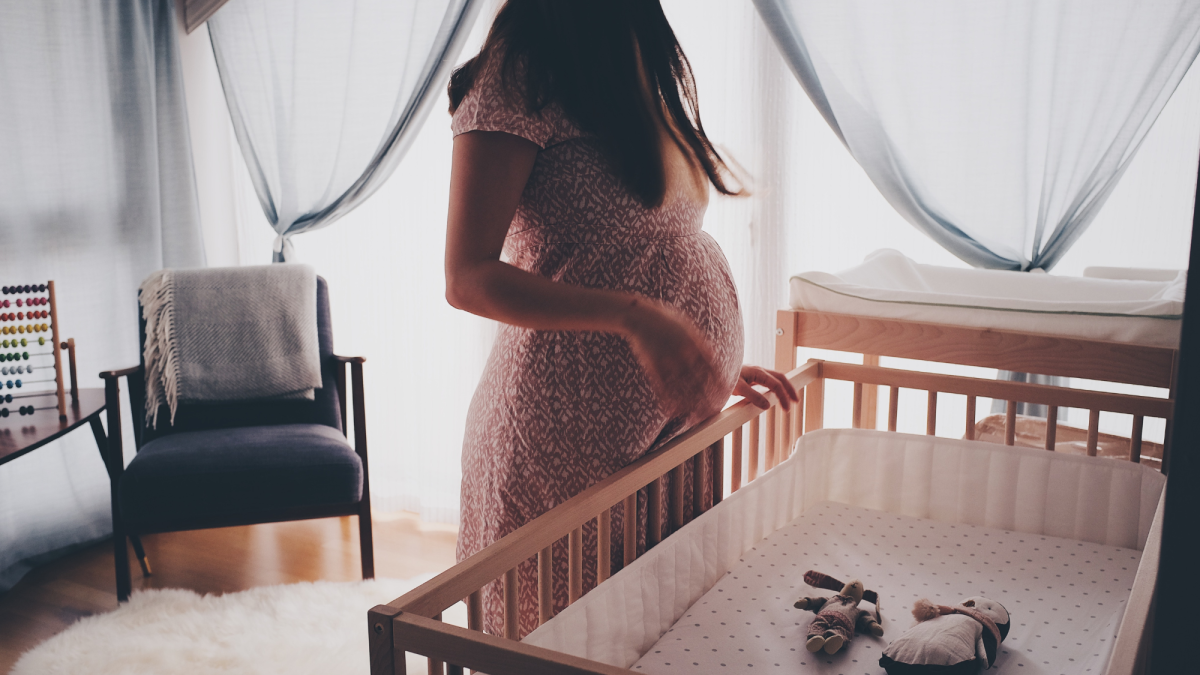- HubPages»
- Health»
- Women's Health»
- Pregnancy
What Science Currently Knows About Elective Cesarean Sections
Cesarean sections are on the rise in many parts of the world. In some cases, a vaginal delivery bears significant risks for the mother, the baby or both, and doctors will recommend a c-section. But more and more women choose to have a c-section instead of attempting a vaginal birth without a clear-cut medical reason: They may be scared of labor pain, want to avoid the extra body-deformation they expect if carrying the child to term, or plainly prefer to know on what day they can welcome their child into this world. These are all valid considerations. If you are toying with the idea of an optional c-section, here are 10 things you might want to consider before penciling the appointment into your diary:
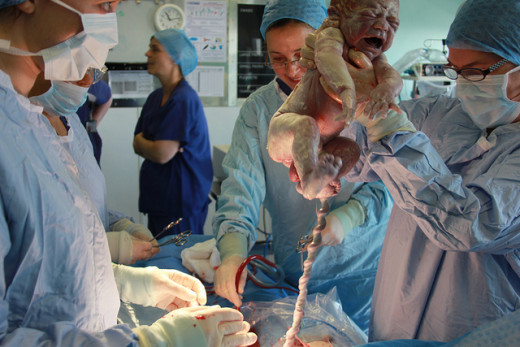
1. Is There such a Thing as a "C-Section-Mother" Personality?
Well known reasons for mothers requesting a c-section are being older than 35 years, having a history of previous (elective or emergency) c-sections, a previous negative birth experience or a complicated pregnancy, and fear of giving birth. Mothers from a lower educational background and with low income also more frequently ask for a cesarean.
But do mothers who favor a section have personality traits that differ from those that prefer a vaginal delivery? A Swedish study found this to be true. The women in this study who chose c-sections were less attached to significant adults (like parents or teachers) during their own childhood and adolescence. They were also more "monotony avoidant", which means they were more susceptible to boredom and sensation-seeking.
However, a follow-up study that monitored the personalities of these mothers from late pregnancy until 9 months after birth found that the mothers who had a c-section became less anxious and showed decreasing feelings of guilt over time. But the authors think this might be because the c-section mothers were more worried and felt more guilt in late pregnancy than the women who planned a vaginal delivery. So these negative feelings in the c-section mothers were decreasing more because they were higher when measurements started.
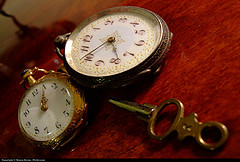
2. Is the Timing Right?
If you plan your c-section for too early, your baby's lungs could suffer: Children born before 39 weeks with elective c-section are at a higher risk of developing respiratory distress syndrome. In this condition, the baby's lungs cannot provide their body with enough oxygen. This is because there is not enough of a substance called surfactant in the lungs. The baby's body starts to produce this only towards the end of the pregnancy. Surfactant helps keep the lungs inflated and prevents parts of the lung called air sacs from collapsing. The earlier the c-section occurs, the higher the risk to your baby's lungs.
If it happens, your baby might have blue lips, fingers and toes. It will breathe rapidly and flare the nostrils while breathing. It might also make grunting sounds. Your baby will need breathing help with extra oxygen and possibly some form of ventilator support. The condition can be successfully treated in the majority of cases and deaths are very rare in the industrialized world.
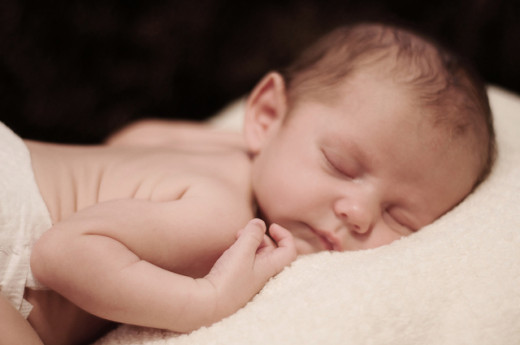
Microbiome in c-sections and vaginal seeding
3. How will the Baby's Body be Affected?
Babies can get hurt by the scalpel the surgeon uses to make an incision into the uterus to get the baby out. This is rather rare, though, and occurs more frequently in emergency c-sections.
But there is more and more research that babies delivered by c-sections have bodies that function differently from bodies of babies born vaginally. While some of these effects are short-term, some might even extend into a baby's adult life.
A study published in 2012 hypothesizes that the experience of labor triggers changes in a baby's body. These changes will help it to cope with the transition from the protected environment in the uterus to a life outside the mother. Without the "hormonal surge" babies experience during labor, their different body systems might be less well prepared for the new life. Wolf Lütje, chief physician for obstetrics at a hospital in Hamburg, Germany, uses this drastic analogy: "Imagine you are living on the second floor of a house and are deeply asleep. Suddenly someone grabs you, drags you out of bed and throws you out of the window into a swimming pool. You will gasp for air, and, well, cope somehow. That's what an elective c-section is like from the baby's point of view".
Quite a lot of the immediate and longer-term health effects of a c-section for a baby are thought to be linked to the baby's microbiome (= its collection of good gut bacteria that influence numerous health variables). A fantastic read regarding the importance of the microbiome in human health is Alanna Collen's 10% Human. A vaginally born baby will get coated by the bacteria present in the mother's birth canal and area around the mother's anus. This flora will form the starting point of the baby's own gut flora. The quality of the microbiome has been shown to impact health conditions as diverse as autoimmune diseases, obesity, autism, mental illness, digestive disorders, allergies, and even cancer. C-sections, however, tended to seed the babies' gut with skin and hospital bacteria instead.
It is reassuring to know that there is some evidence that the differences in the microbiome between vaginally delivered and c-section babies tend to disappear by week six of age. How much of an impact this six-week-long difference actually has on the baby's health remains disputed. In the meanwhile, if you want to be on the safer side, you can do something to minimise risks: some promising studies have been undertaken that show that the deleterious effect of c-sections on the baby's microbiome can at least be partially offset by "vaginal seeding". This involves inserting a piece of saline-soaked gauze into the mother's vagina for about an hour prior to the section. Right before the surgery, the gauze is removed and placed in a sealed container. Soon after the birth, the gauze will be swabbed inside the baby’s mouth, around her eyes, and on her skin.
For the impact of c-sections on the breastmilk's microbiome, see point 7 below.
In the short-term, due to microbial as well as other mechanisms, Babies born by c-section tend to have poorer lung and immune function, have lower blood sugar, are less able to generate body heat and struggle more with suckling on the mother's breast, which in turn leads to slower growth.
Later in life, c-section babies suffer more frequently from immune-related conditions, such as asthma, connective tissue disorders, juvenile arthritis, inflammatory bowel disease, immune deficiencies, and even leukemia. "We know that a number of genes are common to several of these immune disorders. Cesarean section may be one of many environmental factors that activate the genes concerned causing people to become ill," explained Professor Bisgaard, the author of a large Danish study published in 2014.
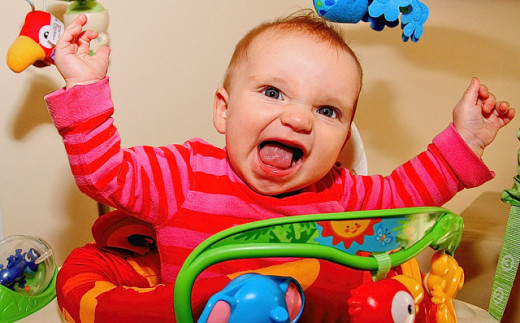
4. How About its Personality?
If you as a c-section Mom have a different personality - how about your c-section baby? This is a tricky thing to study. Dr Jane English has published on this since the 1990ies. According to her, cesarean babies "as they grow up tend to be both dependent and impatient. They don't know the rhythm of getting to know someone and sustaining a relationship. They have a feeling of not really being attached to any person or idea. They are kind of free floating".
Psychotherapist Rien Verdult describes in an article how he conducts prenatal psychotherapy on adults to help them deal with the shock of a c-section. One client, separated from the mother for two days after a section and placed in an incubator, repeatedly used phrases like "It makes me sad to see that I don’t experience a close relation to my mother. It feels as if she has dropped me" during the sessions.
Research in this area so far relies on anecdotal evidence only, however, and has been criticized on several grounds, not least because it is unclear how much of their birth process babies actually remember.
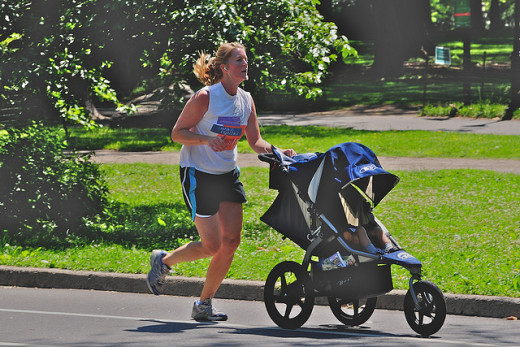
5. And the Mother's Body?
The effects of sections on the mothers' bodies are better researched.
On the plus side, mothers choosing c-sections are less likely to experience excessive bleeding or needing blood transfusion, and suffer less frequently from urinary incontinence. Urinary incontinence can result from an overstretch of the pelvic floor muscles during pregnancy. Vaginal delivery will weaken the muscles even more, and this can be avoided with a c-section. There are exercises that can help to keep the pelvic floor both strong and flexible enough for labor, though. Examples are Pilates or Kegel exercises.
But c-sections bear the risk of infections and venous thromboembolisms. In a thromboembolism, a blot clot forms in a vein. Particularly if the clot dislodges and travels to your lungs, this can be life-threatening. Far less dramatic, but worthwhile considering: Planned c-sections are also associated with a higher risk of constipation.

6. More Kids After a C-Section?
Sometimes women undergoing c-sections will require further surgery after the section, and this can include a hysterectomy if things go really wrong. But even if you retain your uterus, there are risks related to future pregnancies: After a c-section, you are more likely to develop problems relating to your placenta when you get pregnant again, such as placenta previa (a placenta that has either formed over or inside the birth canal) or placenta accreta (a placenta that has grown into and through the wall of the uterus to attach itself to other organs). There is also a risk of the uterus rupturing in later pregnancies. All of these conditions can in turn lead to your uterus having to be removed.
In the future, this might not need to be the end of your family planning, however. In 2014, for the first time, a woman gave birth to a healthy child after having received a uterus transplant. A 61-year-old family friend, who had gone through menopause seven years earlier, had donated the uterus. The pregnancy wasn't entirely smooth, however. The woman developed pre-eclampsia, a complication marked by high blood-pressure, that can be life-threatening. The baby was therefore delivered by emergency c-section.
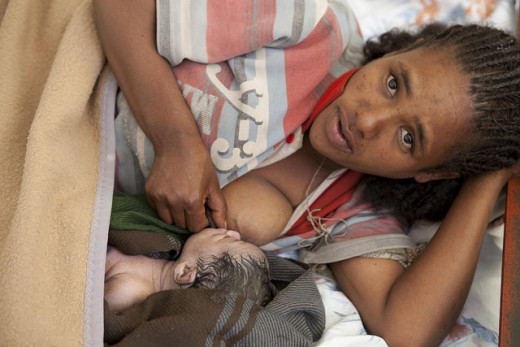
7. Is Breastfeeding Affected?
C-section mothers are less likely to take up breastfeeding. A meta-analysis of studies done on more than half a million women in 31 countries provided strong support for the conclusion that a c-section has a negative impact on early breastfeeding. Early breastfeeding is defined as breastfeeding by the time mother and baby are discharged from the hospital. Another study from 2012 found that elective c-sections (but not nonelective ones) altered the microbiome of the breastmilk compared to vaginal delivery. The authors concluded "that it is not the operation per se but rather the absence of physiological stress or hormonal signals that could influence the microbial transmission process to milk". For the important role of the microbiome, see point 3 above.
Many mothers report feeling distant and detached from their cesarean babies. In part, this may be because the mother is not able to actually “see” the baby emerging from her body, and is usually one of the last people to get to hold and snuggle the baby.
If c-section mothers started the breastfeeding, however, they appear to persevere with it for just as long as mothers who had a vaginal delivery. There were no differences between the groups when the babies were six months old, the age up to which breastfeeding is commonly recommended.
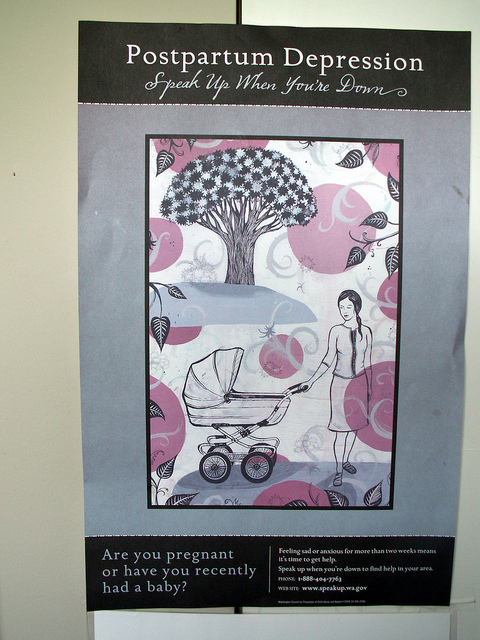
8. Psychological Effects?
A review of research showed that women who deliver by c-section have more negative perceptions of their birth experience, their selves, and their babies. They also exhibit poorer parenting behaviors. The authors suggest that cesareans adversely influence women's moods and perceptions by restricting the control that they can exercise over birth and by violating expectations about childbirth.
While these negative perceptions are stronger in women who experienced an emergency c-section, they seem to be at least partly shared by women who opt for a c-section themselves. A meta-synthesis of women's experiences during birth found heart-breaking common themes in the stories the women told, such as "scared to death", "out of control", "broken body and soul", "empty heart and arms", and "shattered dreams".
The jury is still out as to whether there is a link between c-sections and postpartum depression. There are studies that have found that c-section mothers are more depressed, less depressed or equally as depressed as mothers who delivered vaginally.
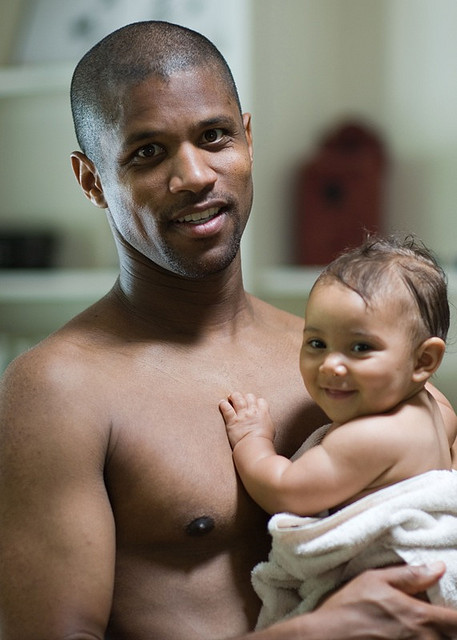
9. Let Your Partner Cuddle it If You Can't Do it Yourself
Many mothers regret that a c-section will often prevent them from having skin-to-skin contact with their baby straight after birth. Especially since such skin-to-skin contact has been found to be beneficial to the baby's health. A study in 2007 concluded that babies who had skin-to-skin contact with their father directly after a c-section were comforted. They stopped crying, became calmer, and reached a drowsy state earlier than the infants who were placed in a cot next to their fathers.
Even though the study looked at fathers exclusively, it seems relatively safe to say that this comforting role can be fulfilled by anyone close to mother and child.
Babies who have skin-to-skin contact with the mother after a c-section will start breastfeeding earlier than their peers cuddled by fathers, however. And baby girls will cry more than baby boys, no matter who is hugging them. That might be the reason why fathers have been found to direct less speech towards girls in skin-to-skin sessions compared with boys.

10. Is it More Expensive?
At first glance, c-sections seem to be more expensive than "natural" deliveries. After all, it is surgery, and mothers are usually required to stay in hospital longer than after a vaginal delivery. This seem to be only true for low-risk births, however. In those cases, a UK report found costs between £629-£1,298 for a vaginal delivery compared with £1,238-£3,551 for a c-section, and an Irish study reported €1,835.06 for the former and €4,039.87 for the latter.
More complicated births can quickly raise the bill of a vaginal delivery, however. Particularly in the USA it would appear the costs of increased intervention in vaginal deliveries, like the addition of oxytocin, a hormone that can initiate the process of labor, can nullify any cost differences between delivery modes. If epidural anesthesia is also used, total costs exceed the cost of elective cesarean delivery by almost 10%.
Would you choose to have a c-section if there are no clear medical reasons for it?
© 2014 Sonja

